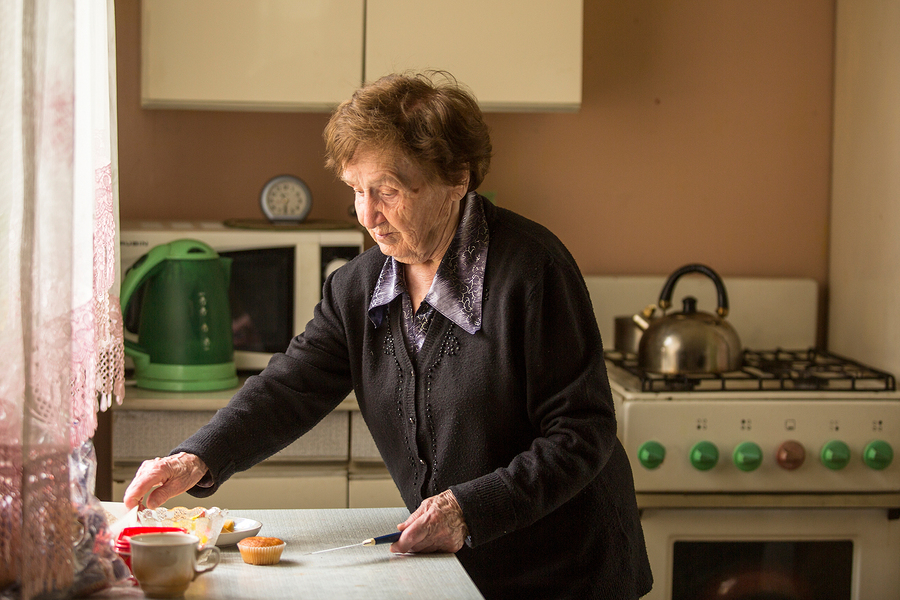Home Safety and Fall Prevention
Every year more than 1.6 million seniors are hospitalized due to fall related injuries. The danger of falling is at greater risk with age. Falls are the major cause of fractures, loss of independence, hospice admissions and even death. A hip fracture is the most common and serious injury due to a fall. Approximately 50% of seniors that are4 hospitalized with hip fractures are able to go back home and live independently. The dread of falling causes seniors to evade physical activities, like walking, attending social outings, and showering. Engaging in physical activity could assist to prevent falls. If you are concerned with falling, talk to your doctor about eligibility for physical therapy, which could be conducted in the home or at an outpatient facility. Therapy can assist to improve balance, keep physical health and most of all – prevent falls.
Risk Factors and Causes
The majority of falls are influenced by health problems or safety threats in an individual’s environment. For example, blood pressure which drops too much, also known as postural hypotension, could cause dizziness that could increase the likelihood of falling. Postural hypotension can be caused by dehydration, medications, Parkinson’s disease, diabetes, or infections. In addition, foot issues and unsafe footwear could cause falling.
Avoiding Falls
Below are the steps to lessen the risk of falls such as:
- Make personal modifications with the physical well-being
- Talk with your doctor about the risks factors related to falling and explain how you have fallen in the past. Your doctor might refer you to a physical therapist
- Check your vision and blood pressure
- Select safe footwear
- Have your medications or drugs reviewed
- Get sufficient sleep
- Limit the quantity of alcohol you drink
Make Changes Inside your Home
- Get rid of safety hazards: an essential step in fall prevention is to eliminate any obstacles which can cause you to slip or trip while walking, for example, rugs, phone cords, and furniture
- Ensure there is good lighting with light switches located at the top and bottom of the stairs and every end of the hallway
- Never stand on a chair, ladder, or table to reach anything which is too high
- Appropriate usage of walkers: walkers and canes could prevent falls. An occupational or physical therapist will decide which tools will fit your needs and how often to utilize them. Talk with your physician about having an occupational therapist evaluate your environment at home.
- You might need to consider buying a medical alert system. This can be worn around the neck or as a bracelet.
- You can reduce your risk of fractures by keeping bone strength. Use of sufficient amounts of calcium as well as vitamin D could keep the bones strong. Individuals 50 years old and above should take 1,200 mg of calcium per day from foods as well as calcium supplements.
Utilizing these easy and simple steps could help to assure safety as well as prevention of falls and fractures! At Compassionate Assistance, we conduct a free Home Safety Evaluation at the start of service to reduce the risk of falls in the home.


Recent Comments